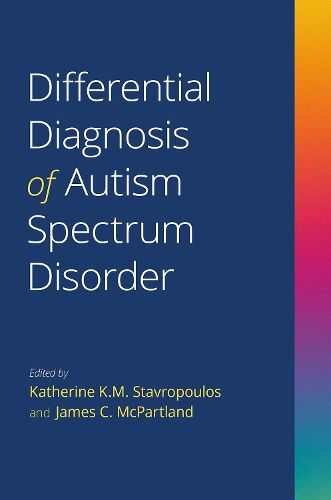Readings Newsletter
Become a Readings Member to make your shopping experience even easier.
Sign in or sign up for free!
You’re not far away from qualifying for FREE standard shipping within Australia
You’ve qualified for FREE standard shipping within Australia
The cart is loading…






Differential Diagnosis of Autism Spectrum Disorder provides a framework for clinical considerations and best practices related to diagnosing children with autism spectrum disorder (ASD) versus commonly co-occurring conditions. Differential diagnosis is a complex process, and it is common for clinicians to observe symptom overlap between conditions.
In this comprehensive text, the authors focus on the similarities and differences between ASD and a second diagnosis. Leading experts provide practical guidance in the diagnostic process for ASD versus a second condition, such as anxiety or attention deficit/hyperactivity disorder. Each chapter includes clinical case studies to provide real-world examples of how clinicians make diagnostic decisions. Ample illustrations and ‘decision trees’ provide a visual representation of clinical decision-making.
$9.00 standard shipping within Australia
FREE standard shipping within Australia for orders over $100.00
Express & International shipping calculated at checkout
Differential Diagnosis of Autism Spectrum Disorder provides a framework for clinical considerations and best practices related to diagnosing children with autism spectrum disorder (ASD) versus commonly co-occurring conditions. Differential diagnosis is a complex process, and it is common for clinicians to observe symptom overlap between conditions.
In this comprehensive text, the authors focus on the similarities and differences between ASD and a second diagnosis. Leading experts provide practical guidance in the diagnostic process for ASD versus a second condition, such as anxiety or attention deficit/hyperactivity disorder. Each chapter includes clinical case studies to provide real-world examples of how clinicians make diagnostic decisions. Ample illustrations and ‘decision trees’ provide a visual representation of clinical decision-making.